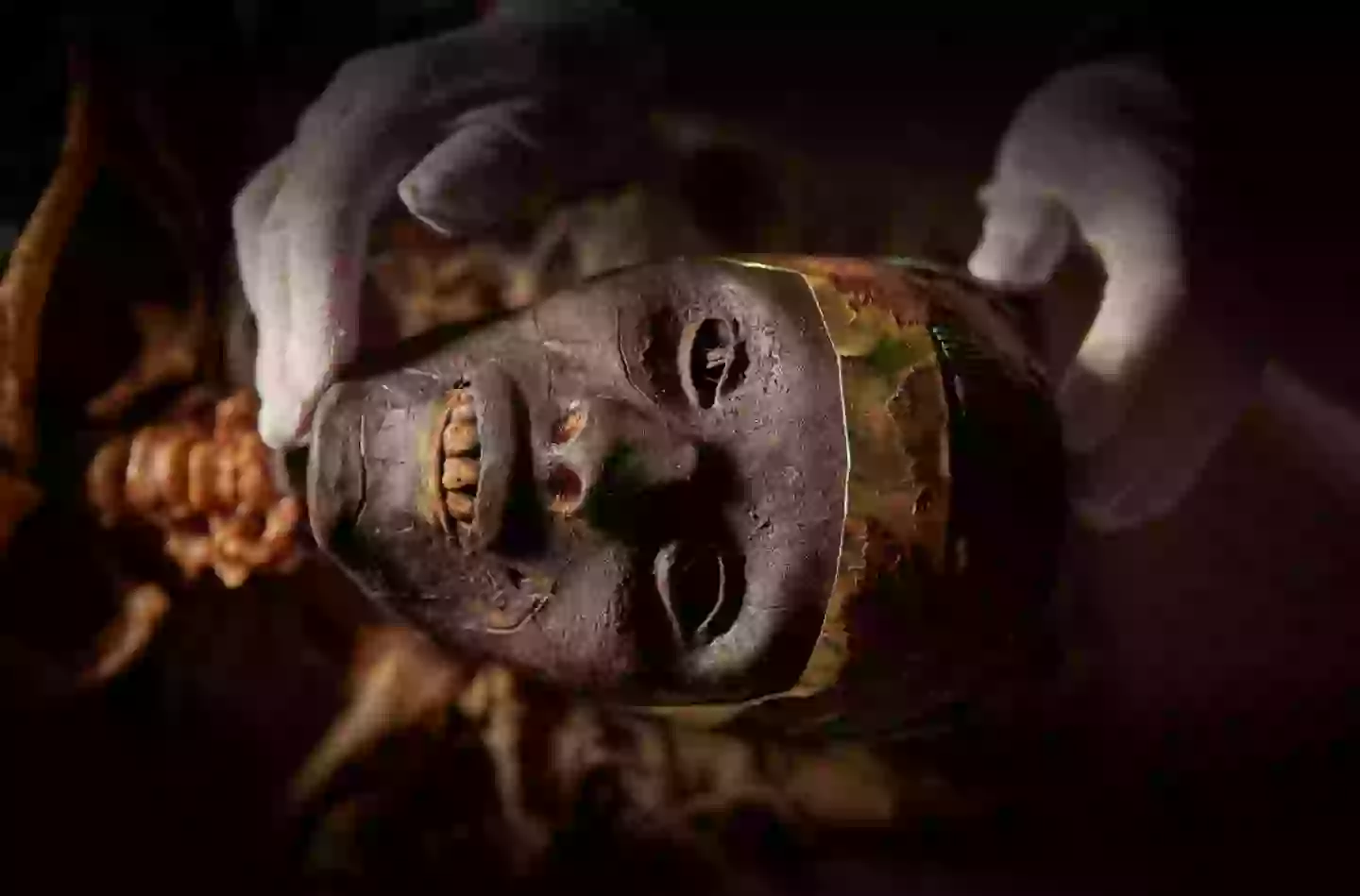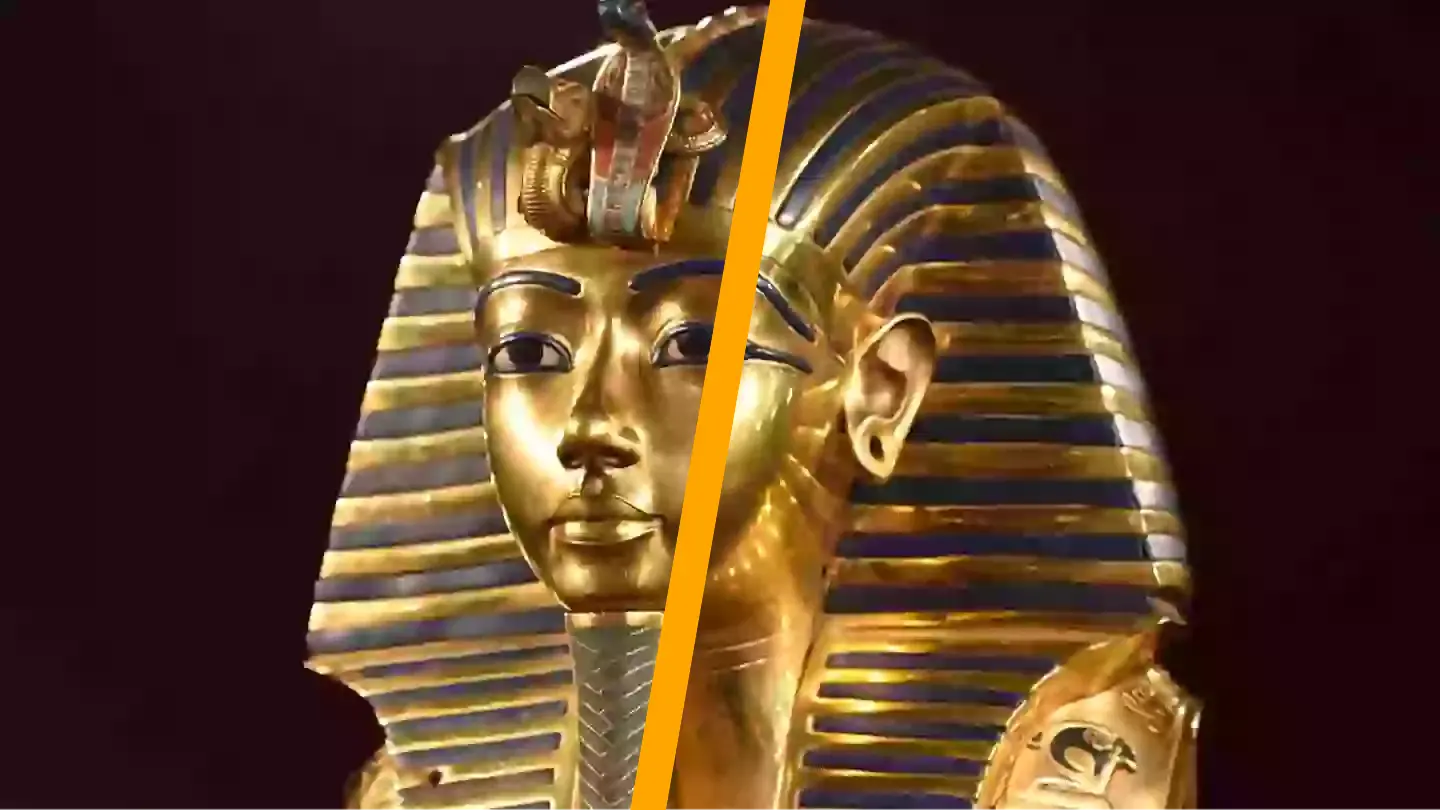After years of speculation and two years of rigorous DNA testing and scanning, new insights into King Tut’s parentage have emerged.
The young king, who passed away around 1323 BC at the age of 18 or 19, began his reign at the tender age of 10.
Since his untimely death, there has been global intrigue surrounding the Egyptian pharaoh, with historians and scientists eager to unravel the mysteries surrounding his life.
A major question has been the cause of King Tut’s death, which remained elusive until advancements in technology allowed scientists to investigate further after the discovery of his tomb in 1922.
Though murder was once suspected, a CT scan from 2005 refuted this theory.
Another theory proposed that complications from a broken leg, which likely became infected, led to his death.
However, recent DNA testing has revealed that King Tut was also afflicted with malaria at the time of his passing, which may have played a role in his demise.
READ MORE:
EXPERTS THINK THEY’VE SOLVED THE ‘CURSE’ OF KING TUT’S TOMB
RESEARCHERS FOUND ‘OVERLOOKED’ CLUE ON TUTANKHAMUN’S DEATH MASK
An article in the Journal of the American Medical Association from 2010, cited by The Guardian, stated: “A sudden leg fracture possibly introduced by a fall might have resulted in a life-threatening condition when a malaria infection occurred.”
King Tut’s health issues extended beyond this; he reportedly suffered from ‘multiple disorders’ and required canes for mobility, with 130 walking sticks found in his tomb.

These health problems suggest that King Tut might have been the offspring of parents who were siblings, as noted by Howard Markel, a medical historian at the University of Michigan.
Such closely related parentage could result in genetic complications, he explained.
It is reported that both King Tut and his father had cleft palates, and King Tut shared a clubfoot condition with his grandfather.
Little else is known about King Tut’s parents, other than their sibling relationship.

In ancient Egypt, marriages between brothers and sisters were not uncommon among the pharaohs.
Despite the health issues King Tut experienced, the findings from the 2010 study challenged the belief that Tutankhamun and his family members suffered from rare disorders that resulted in feminine traits and deformed bones (such as Marfan syndrome).
The study concluded: “It is unlikely that either Tutankhamun or Akhenaten actually displayed a significantly bizarre or feminine physique.”

